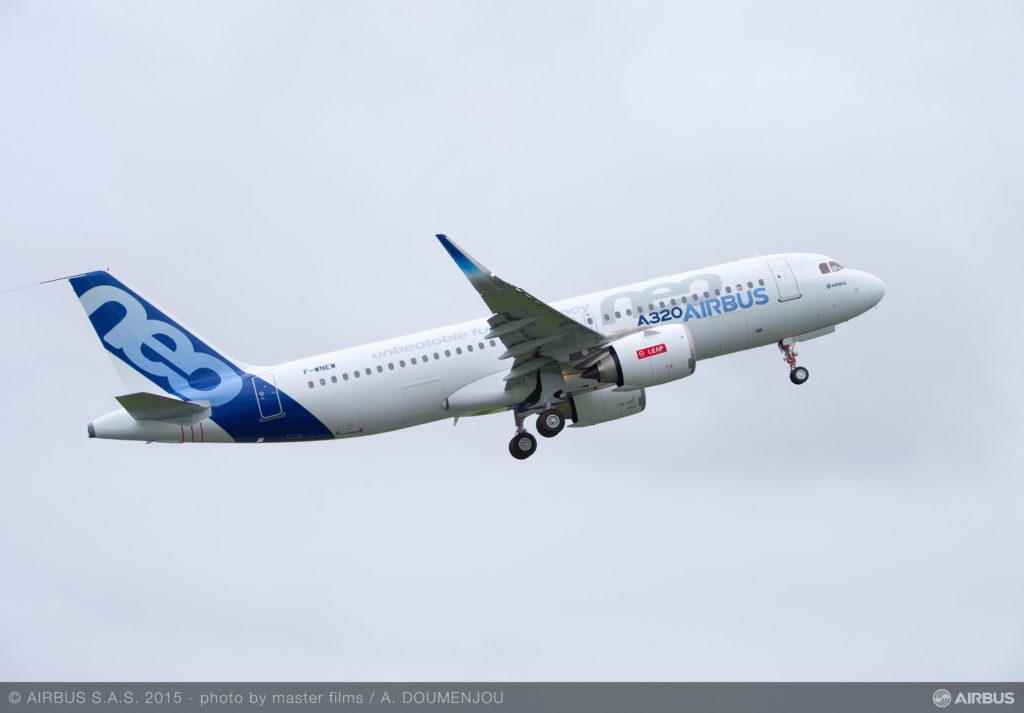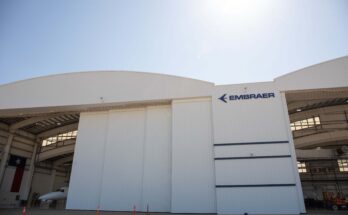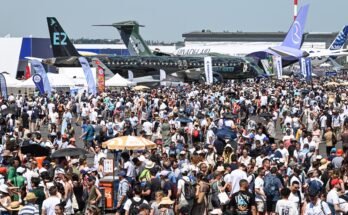
The Airbus A320 family of jets is the direct competitor to Boeing’s 737 family, and it has enjoyed significant success in recent years. The introduction of the New Engine Option (NEO) upgrade to the A320 family signifies a commitment to the type by both Airbus and its future customers, while simultaneously extending the type’s already large R&M market for decades to come.
Because the A320 is a large commercial transport, upgrades center primarily on creature-comfort airframe modifications, Wi-Fi, IFE, and efficiency-generating electronics modifications. Airbus offers the A320neo with either Pratt & Whitney PW1100G or CFM International LEAP-1A engines, though engines installed on A320neo aircraft come as line-fit installations and are not retrofitted to aircraft in the legacy CEO configuration.
In 2023, Pratt & Whitney and its parent company incurred a $3.0 billion charge amidst the recall of GTF engines due to a manufacturing deficiency that could render some propulsion components vulnerable to cracking. According to press reports, the recall will force the grounding of 350 Neo-series jets annually as the aircraft’s propulsion systems undergo maintenance inspections expected to take up to 300 days each. Amidst a period of recovering passenger demand, the service and logistical disruptions introduced by these groundings will produce varied ripple effects through the A320 series’ retrofit market. In September 2023, press outlets reported that German carrier Lufthansa had committed itself to reinvesting in the service life of older A320 airframes to cover the service gaps expected to emerge as a result of the necessary grounding of 20 of its series aircraft annually through 2026. Many other passenger operators of the A320/321 Neo series are facing similar pressures and may opt to sustain aging airframes longer than anticipated to compensate for groundings, potentially requiring additional retrofit work, or acquiring or lease divested stocks towards the same end. This situation is also liable to intensify competition for, and shortages of, available airframes for P2F conversion providers at least through 2026 when the component issues are expected to be resolved. Despite these recent hurdles, over the longer term the introduction of these new powerplants will extend an R&M market in A320 propulsion long into the future as technologies improve and upgrades are required.
The COVID-19 pandemic profoundly reshaped the financial realities and basic operating assumptions that had guided the civil aviation industry over the preceding decade. Through a painful process of adaptation and restructuring, the airlines that persevered through this period of crisis have emerged with a clearer sense of how to move forward and respond to the market demands of a transformed world. The steady maturation of Premium Economy options, such as those outfitted on the A320/321 fleets of Avianca, LATAM, United Airlines and Vistara, represent an attempt to reconcile the oft-contradictory market pressures imposed on airlines by the current market environment. Passenger demand flows are on track to attain a full recovery to pre-pandemic standards in 2024. The recovery of the market has both rejuvenated the resource pool available for airlines to invest in their fleets and spurred intensifying competition between carriers to offer the public a superior flying experience, resulting in a surge of cabin and seating retrofit initiatives. Lingering supply-chain pressures have slowed the implementation of some of these initiatives, such as the United Airlines retrofit, but airlines remain committed to seeing these projects through.
As is the case across the civil R&M market, the cargo conversion segment for the A320 series holds considerable promise over the coming two decades. In the two years proceeding the outbreak of the pandemic, the conversion segment witnessed explosive growth resulting from surging e-commerce demand and strong incentives for commercial operators to both accelerate the divestment of burdensome older airframes onto the secondhand market and seek out additional mechanisms for generating revenue amidst a historic nadir in demand for passenger services.
However, the growth trajectory of P2F conversion demand is now settling into a more predictable curve in tandem with the progressive normalization of macroeconomic conditions and the emergence of a new post-pandemic equilibrium. Major conversion providers have acquired robust backlogs over the past two years and developed increased capacity to capture a larger proportion of total demand. Lease providers such as BBAM LLC have signed on with Airbus and its partner contractors for the provision of a minimum of 25 A320/321 cargo conversions through 2025, and Australian flag carrier Qantas has recently announced plans to acquire an additional six conversions during the same window. The relative cooling of e-commerce demand growth over 2023 and feedstock disruptions resulting from the Neo groundings will control the segment’s rate of growth over the intermediate term, but the centrality of e-commerce to modern economic life, particularly in the APAC region, will nevertheless continue to generate fecund opportunities in this space.
In broader terms, the sheer popularity of the A320 series and sustained new-build interest in the A320neo will ensure the family of aircraft sustains a strong base of support for decades to come. The recovery of global fleet strength is beginning to accelerate as the world economy rebounds from the doldrums of the pandemic period and airlines, having now stabilized their finances and shed superfluous assets, are once again able to invest in their capabilities for the long haul. The A320 series will be a beneficiary of this recovery, with Airbus having recently announced plans to elevate quarterly production rates for the series in response to rising customer demand and the warming economic climate. In early 2021 Airbus also announced that potential long-term successors to the A320 series are in development and could be introduced onto the open market as early as 2035. Recent press reports indicate that the company is pursuing the development of both conventional and hydrogen-powered solutions to this requirement.
In the meantime, the A320 fleet is rather young, providing one of the largest R&M candidate pools of any aircraft in operation. The forecast period will continue to deliver a wide array of retrofit opportunities across all relevant segments.




